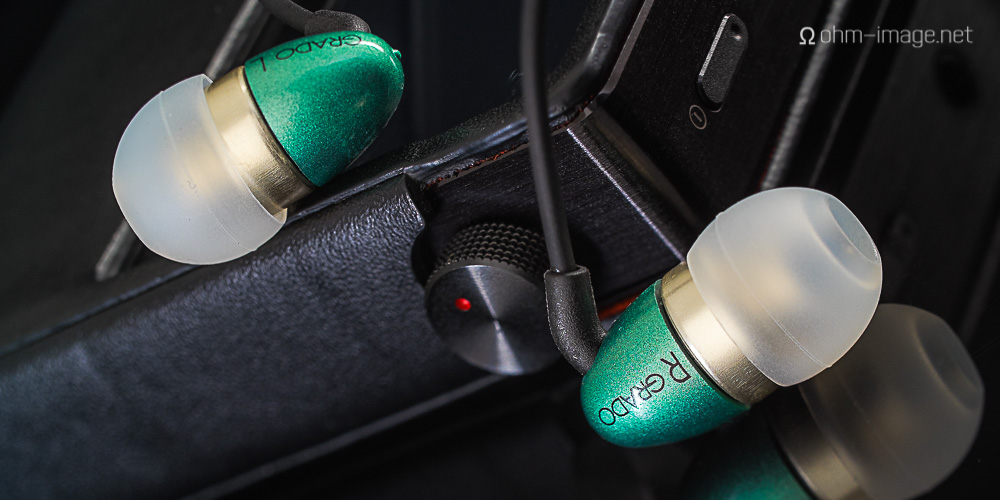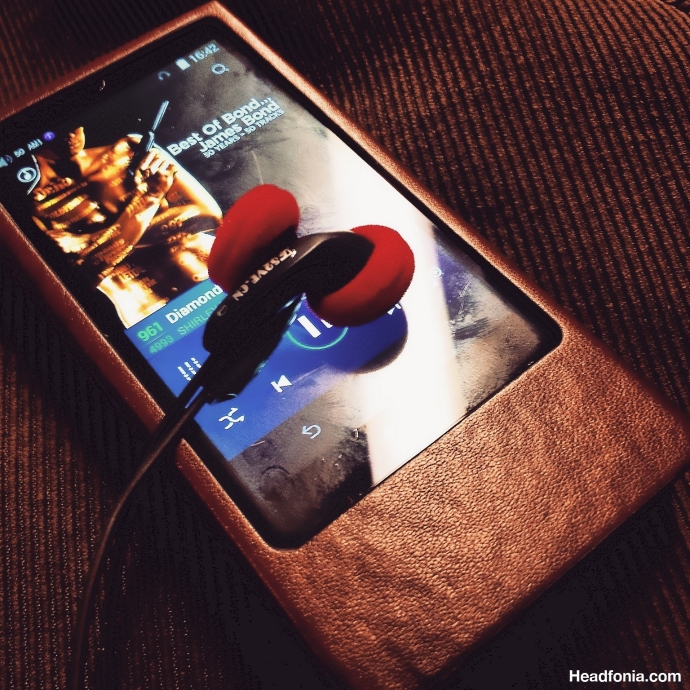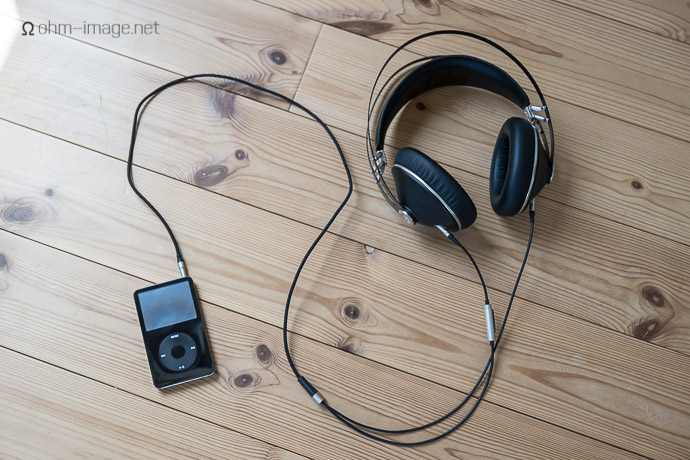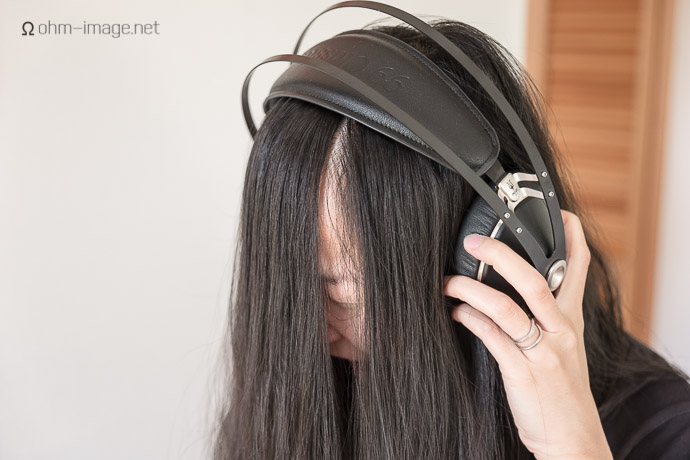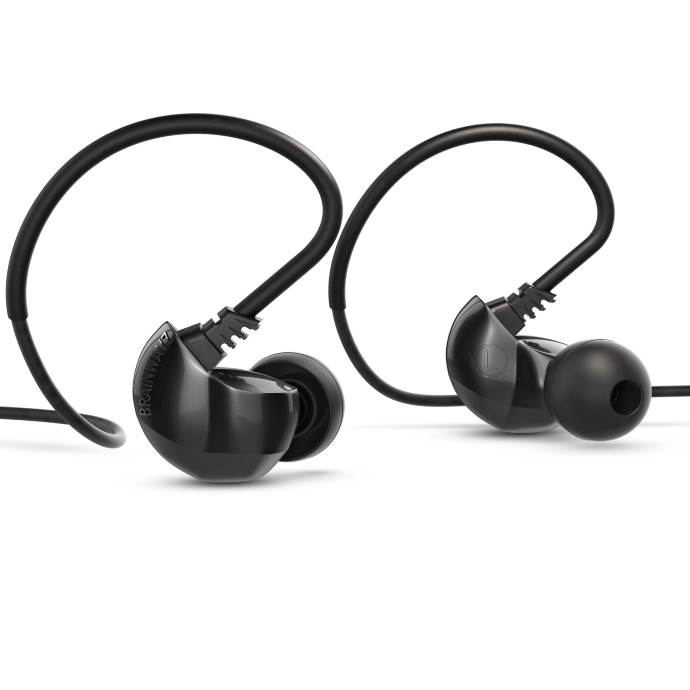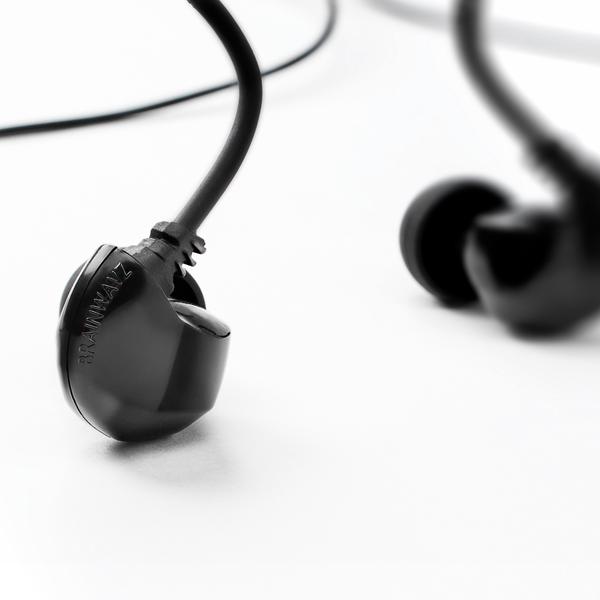Here at Audio46, we often meet customers who need some direction in regards to specific kinds of headphones. From gaming to critical listening to travel, specific needs require specific recommendations. Take noise-cancelling headphones as an example. For higher-end noise-cancelling headphones, both the Sennheiser PXC 480 and the Audio Technica ATH-MSR7NC sport a $299 price tag. But which one fits your listening needs?
Sennheiser PXC 480 vs Audio Technica ATH-MSR7NC Comparison Review

Aside from their common price, the PXC 480 and MSR7NC have many similarities. While both headphones utilize plenty of plastic and aluminum in their construction, they still sport unique designs. Both employ a built-in battery for longer continuous playback – the Senneheiser offers 50 hours of battery life while the Audio Technica offers a little less at 30 hours.
Both headphones make use of a folding design for easier transport. With ample pleather padding on the earpads and headband, comfort is decent between both models. Many fans of the first MSR7 will notice that the narrow headband hasn’t changed on this newer noise-cancelling version. Likewise, the Sennheiser PXC 480’s headband is equally thin – and possibly just as uncomfortable during longer listening sessions.
The PXC 480 comes with a 4.5 ft (1.4 m) smartphone-compatible cable. In comparison, the MSR7NC includes two cables – one standard 4 ft (1.2 m) audio cable and one 4ft (1.2 m) smartphone-compatible cable. Both headphones also come with power cables for charging the onboard batteries.
Specs
Sennheiser PXC 480 Specs
Frequency Range: 17-23,000 Hz
Impedance: 45 ohms (passive)/150 ohms (active)
Sound Pressure Level (SPL): 109 dB
Total Harmonic Distortion (THD): <0.5%
Audio Technica ATH-MSR7NC Specs
Frequency Range: 5-40,000 Hz
Impedance: 35 ohms (passive)/150 ohms (active)
Sound Pressure Level (SPL): 104 dB
Total Harmonic Distortion (THD): NA
As evidenced by these specifications, the greatest difference between these two headphones in terms of technical details is frequency range. With a whopping 5-40,000 Hertz frequency range, the MSR7NC comes out on top here…at least, on paper. Impedance and volume are roughly the same between both models. While Audio Technica doesn’t give a rating for the MSR7NC’s Total Harmonic Distortion, I’d peg it as being close to the PXC 480’s <0.5%.
Low End
Characterized by fair detail and a good deal of bass, too, the low end on the PXC 480 comes across as lively, without being too overpowered. It sounds natural enough, and the overall sound here is clean and accurate.
In comparison, the MSR7NC may suffer from the slightest bit of bleed. Still, there’s tons of detail here – maybe just a little more so than in the PXC 480. Bass is equally decent, with plenty of oomph but never sounding overstated.
Mids
Carrying the slightest bit of compression in the mids, the PXC 480 has a tendency to pinch some vocals. Instrumentation doesn’t suffer as much, and most listeners will be more than willing to forgive Sennheiser for the small imperfections.
Where the PXC 480 drops the ball, though, the MSR7NC has you covered. In the Audio Technica model, mids are cleaner with neither distortion nor compression. Again, slightly more detail seems to rise to the surface as I listen to the MSR7NC, giving it a slight edge over the Sennheiser.
High End
Somewhat bright in the high end, the PXC 480 offers a good amount of detail while keeping everything else in check. While the sound never gets too uncomfortable or piercing, some finer nuances may be missing from the top of the frequency range.
On the other hand, the MSR7NC may sound similarly bright, but with tons of details that seem to sparkle. Nothing is missing from the Audio Technica model, with exacting detail making this headphone a perfect choice for classical or acoustic music.
Soundstage
Where soundstage is concerned, the Sennheiser rocks plenty of depth but suffers from poor placement. As a result, instruments can seem somewhat jumbled and out of place as you listen. While this won’t be an issue with every track you throw at it, the PXC 480 may not be the best headphone for more intricate listening choices.
The Audio Technica MSR7NC, by contrast, offers a decent level of depth and placement. Here the sense of soundstage is more realistic, helped along by tons of detail and an air of contrast.
Other Observations
The Sennheiser PXC 480’s natural dynamic sound may be more at home with heavier rock and hip hop.
And with it’s stronger emphasis on mids and highs, the Audio Technica MSR7NC may be a better option for classical music or more critical listening.
Recommendations
For most casual listeners who need bass and a well-controlled high end, the Sennheiser PXC 480 is the obvious choice. With a longer battery life and a more consumer-friendly sound, it’s clearly a crowd-pleaser.
Of course, that isn’t to say that the Audio Technica MSR7NC won’t have its fans. Personally, I preferred the sound of the Audio Technica, and anyone seeking a more analytic sound will revel in its performance. Likewise, those looking for more emphasis on midrange or high-end detail (or soundstage) would do well to consider the MSR7NC.
Final Analysis
For $299, both the Sennheiser PXC 480 and the Audio Technica ATH-MSR7NC offer impressive listening experiences. For those seeking a bassier sound that would complimetn rock or hip hop, the Sennheiser will offer a better fit. In comparison, the Audio Technica’s sound delivers more emphasis on the mids and highs – a perfect formula for critical listeners and classical fans.
Check out the Sennheiser Store at Audio46!
View more models in the Audio Technica Store at Audio46!
